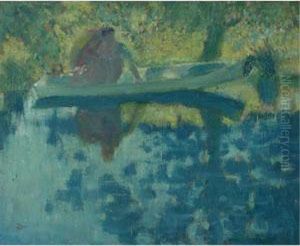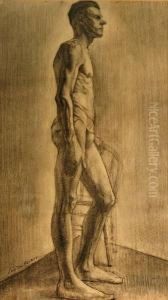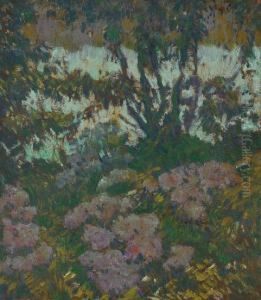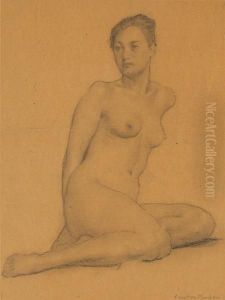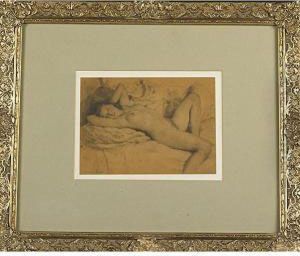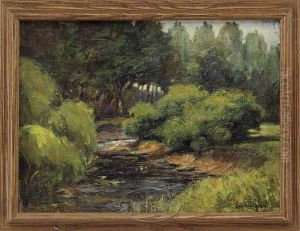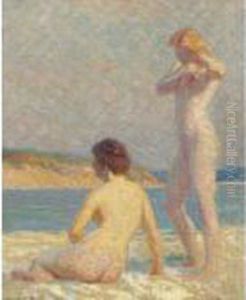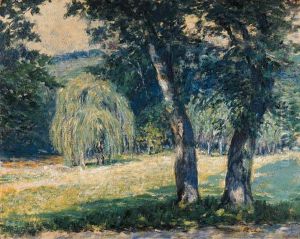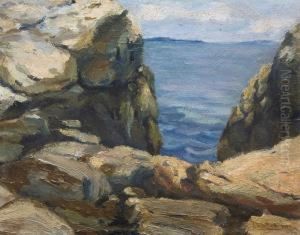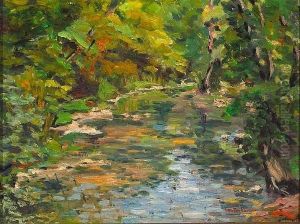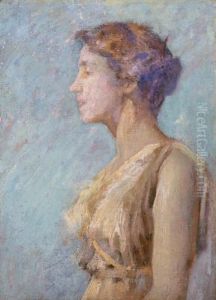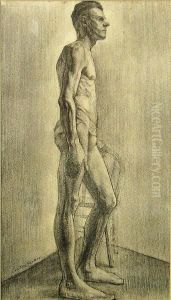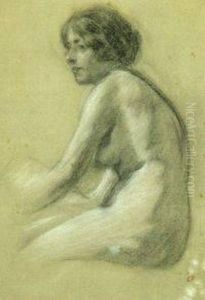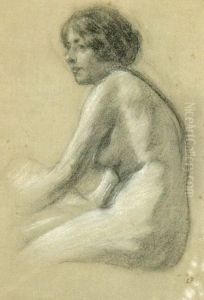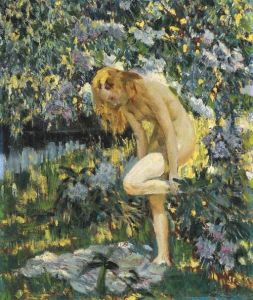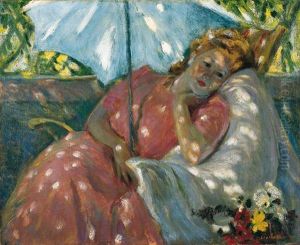Lawton Silas Parker Paintings
Lawton Silas Parker was an American painter, born in 1868 in Fairfield, Michigan. He was a distinguished figure in the early 20th century American art scene, known primarily for his contributions to the impressionist movement in the United States. Parker's early interest in art led him to study at the Art Institute of Chicago, where he honed his skills and developed a keen interest in the impressionist style, which was gaining popularity in Europe at the time.
After his initial studies in Chicago, Parker moved to France to further his education and immerse himself in the European art scene. He studied at the Académie Julian in Paris, where he was influenced by the works of French Impressionists. It was in Paris that Parker truly began to develop his own style, blending the light and color techniques of the French Impressionists with subjects that often depicted elegant women and domestic scenes, reminiscent of the works of his contemporaries like Mary Cassatt.
Parker's work gained recognition both in Europe and the United States. He exhibited his paintings at major venues, including the Paris Salon, where he received accolades for his contributions to the impressionist movement. Upon returning to the United States, Parker continued to exhibit his work widely, participating in exhibitions at the Art Institute of Chicago, the Pennsylvania Academy of the Fine Arts, and other prestigious institutions. He was also a member of the National Academy of Design and the American Federation of Arts, which further solidified his status as a respected artist.
Throughout his career, Parker was dedicated to teaching and mentoring young artists. He served on the faculty of the Art Institute of Chicago and later, at the Art Students League of New York. His influence extended beyond his own works, as he played a significant role in nurturing the next generation of American impressionists.
Lawton Silas Parker's legacy is that of a pivotal figure in the American impressionist movement, celebrated for his skillful use of light and color to capture the beauty and elegance of his subjects. His paintings are held in high regard and can be found in the collections of major museums across the United States. Parker passed away in 1954, leaving behind a body of work that continues to inspire and captivate art lovers and collectors.
